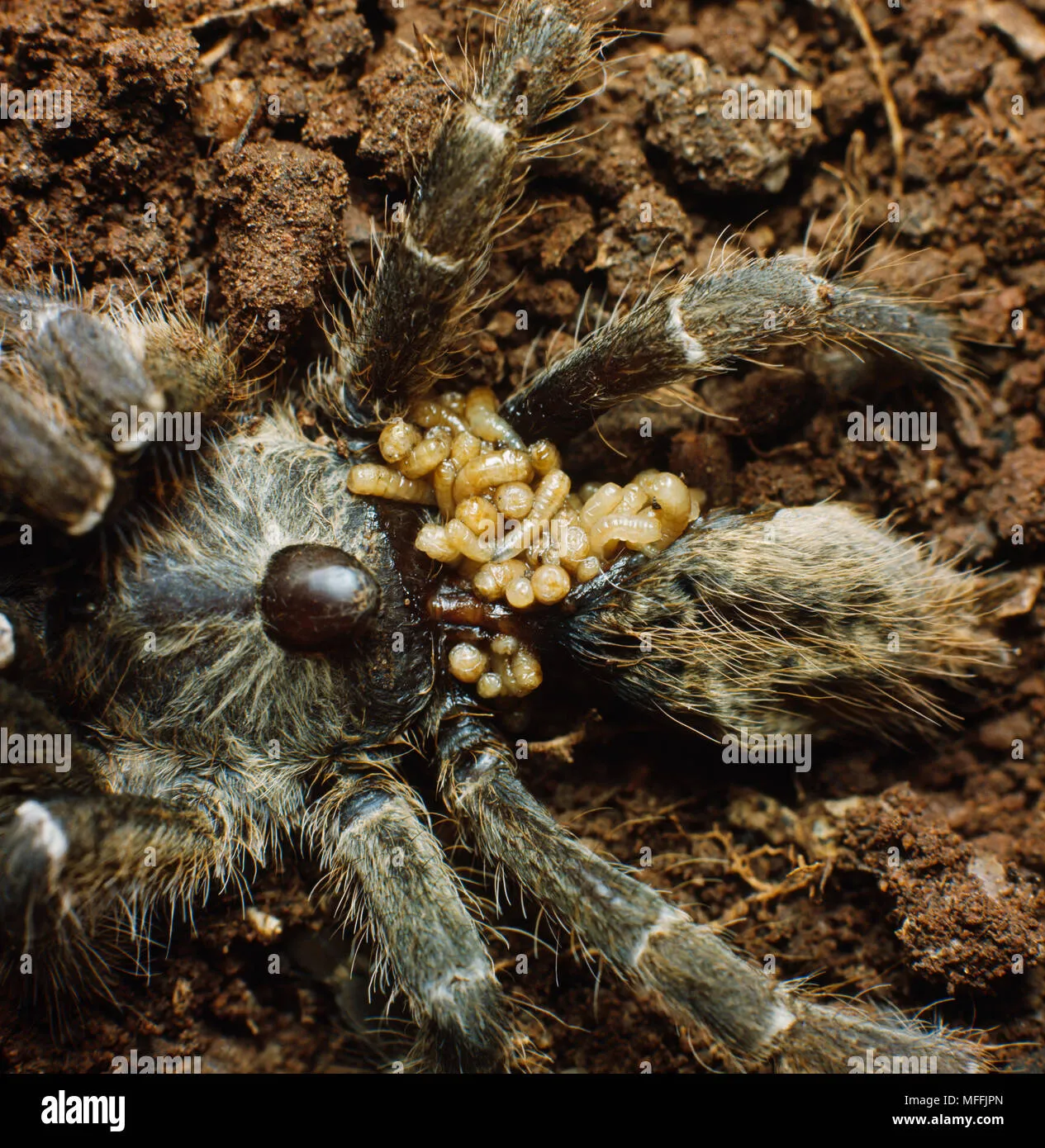Zebra Tarantula Eggs Basics
Breeding zebra tarantulas can be a rewarding experience for the dedicated enthusiast. Understanding the basics of zebra tarantula eggs is crucial for successfully raising spiderlings. This includes knowledge of egg sac formation, proper care, and the stages of development. The entire process, from mating to the emergence of tiny spiderlings, is a fascinating glimpse into the life cycle of these captivating creatures. Careful attention to detail during this phase is essential for ensuring the survival and health of the offspring. This guide offers comprehensive insights into nurturing zebra tarantula eggs, providing the information necessary to increase the chances of successful breeding and healthy spiderlings. Remember that patience and observation are key components of responsible tarantula husbandry.
Understanding Zebra Tarantula Egg Sacs
The egg sac, a silken structure meticulously crafted by the female tarantula, serves as a protective cradle for the developing eggs. This is where the next generation of zebra tarantulas starts their journey. The appearance and composition of the egg sac are indicators of the health and progress of the eggs within. Knowing the structure of the egg sac and the role it plays in protecting the eggs will prepare you for the next steps.
The Formation Process
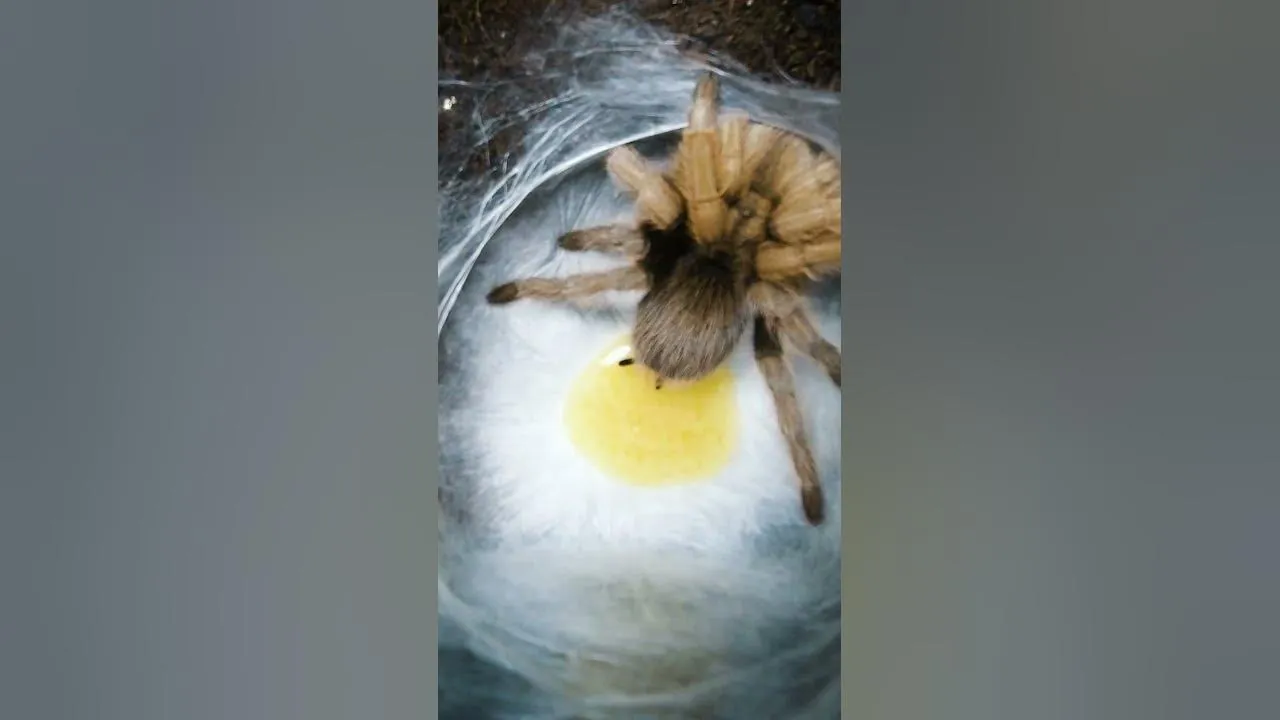
After mating, the female zebra tarantula begins the intricate process of creating the egg sac. She gathers her eggs and carefully encases them in a silken structure. The female uses her spinnerets to weave the silk, forming a secure, protective environment for the eggs. The silk is strong and durable, protecting the eggs from external threats. The female then encloses the eggs in the silken structure, a testament to her maternal instincts. This process can take several hours and the female will guard the egg sac closely.
Appearance of a Healthy Egg Sac
A healthy zebra tarantula egg sac is generally round or slightly oval and firm to the touch. The color can vary depending on the species and the stage of development, but it is usually a creamy white or light tan. It should appear clean, without any signs of mold or discoloration. The silk should be tightly woven and uniform. A healthy egg sac is a good indication that the eggs are developing properly. Any unusual appearance, like discolored patches or a mushy texture, might indicate a problem and should be addressed immediately. Observe it regularly for any changes.
Caring for Zebra Tarantula Eggs
Providing the right environment is crucial for the successful incubation of zebra tarantula eggs. This involves maintaining optimal temperature and humidity levels, ensuring adequate ventilation, and handling the egg sac with care. The following instructions offer details about the factors influencing the development of the eggs. Consistent and correct care dramatically increases the chances of a healthy hatch. Careful attention to these details will help you to successfully nurture the next generation.
Optimal Temperature and Humidity Levels

Temperature and humidity play a critical role in the development of zebra tarantula eggs. Maintaining the correct temperature range is vital for the eggs. A consistent temperature between 78-82°F (25.5-27.7°C) is generally recommended. Keeping the humidity levels within the 70-80% range helps prevent the eggs from drying out. Use a reliable thermometer and hygrometer to monitor these conditions regularly. Adjust the environment as needed to maintain the optimal conditions. Incorrect temperatures or humidity can significantly impact the viability of the eggs. Consider the use of a thermostat-controlled heater and a humidifier to maintain the environment.
Maintaining the Right Environment
Creating the ideal environment involves careful placement of the egg sac and consistent monitoring. Ensure the enclosure is in a stable environment, away from direct sunlight or drafts. Indirect, gentle heat is preferable. Avoid rapid temperature fluctuations, as these can harm the eggs. Provide a stable source of heat, such as a heat mat or a low-wattage bulb, to keep the temperature consistent. Regularly check and adjust the settings to ensure the environment is within the recommended range. Maintaining the right environment will help improve the eggs’ chances of survival.
Providing Adequate Ventilation
Ventilation is essential to prevent mold growth and ensure the eggs receive enough oxygen. Make sure the enclosure has adequate airflow to prevent the buildup of stale air and excess moisture. You can achieve this through small ventilation holes in the enclosure lid or sides. Avoid overcrowding the enclosure to allow for better air circulation. Regularly check for condensation, which can indicate poor ventilation. If you notice condensation, increase the ventilation by adding more holes or slightly opening the enclosure. Good ventilation is vital for preventing fungal issues, which can harm the eggs.
Handling the Egg Sac
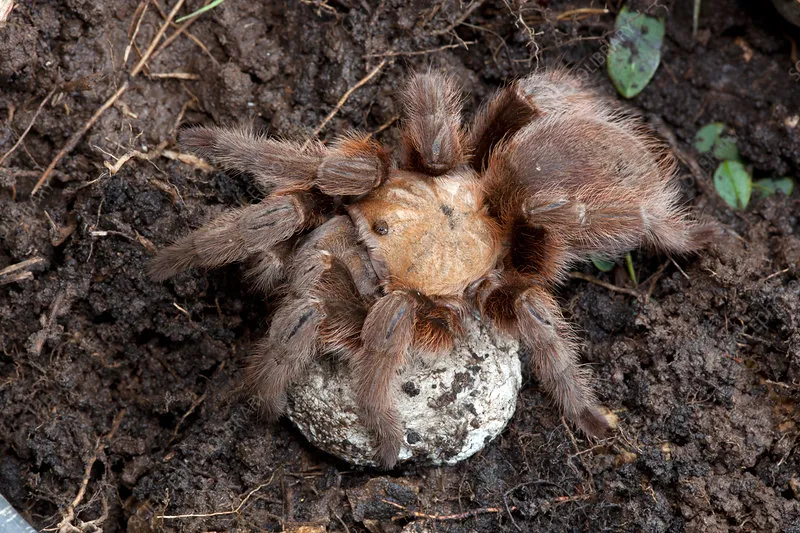
When dealing with zebra tarantula eggs, handle the egg sac with extreme care. Avoid any unnecessary handling, as it can stress the female and potentially damage the eggs. If you must move the egg sac, do so gently and cautiously. Use a soft, clean brush to carefully lift the egg sac. Ensure your hands are clean to prevent the introduction of contaminants. Observe the egg sac’s condition before and after handling it. Minimize disruptions to create an optimal environment for the eggs.
Minimizing Disturbances
Zebra tarantulas are sensitive to disturbances, and the same applies to their eggs. Minimize noise, vibrations, and sudden movements around the enclosure. Place the enclosure in a quiet area away from foot traffic. Reduce direct interactions with the enclosure. Allow the female to care for the egg sac without unnecessary interruptions. Keep the enclosure in a calm, stable environment to increase the chances of a successful hatch. Reducing disturbances will help maintain a stable environment for the eggs.
Avoiding Direct Contact
Avoid direct contact with the egg sac unless absolutely necessary. Direct contact can damage the fragile egg sac and may introduce harmful bacteria or fungi. Always wash your hands thoroughly before handling anything related to the enclosure. If you must handle the egg sac, use gloves or a clean, soft brush to avoid direct contact. Be cautious when handling the egg sac. Direct contact can be detrimental to the eggs. If handled improperly, the eggs may perish.
Incubation Period and What to Expect
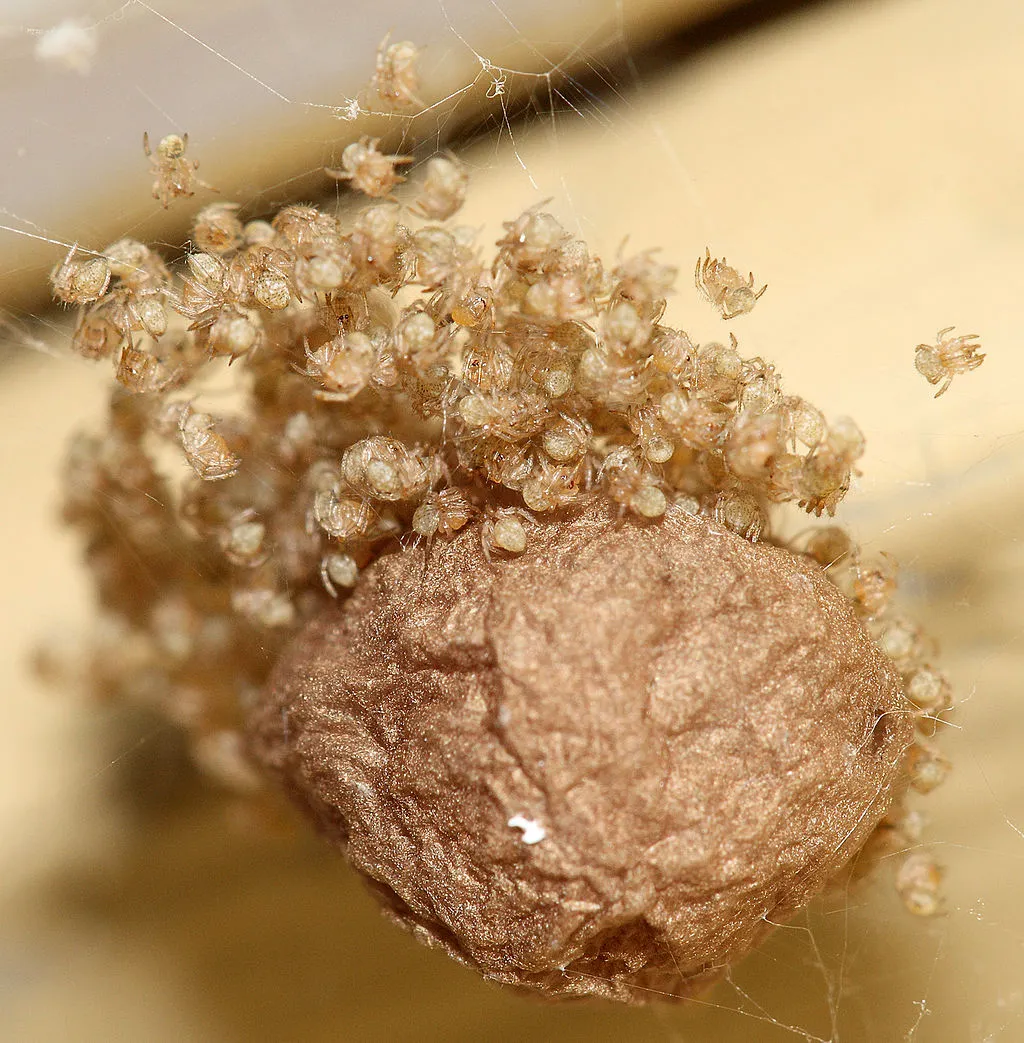
The incubation period for zebra tarantula eggs can vary depending on environmental conditions. The time it takes for the eggs to hatch can range from a few weeks to a couple of months. During this period, you will be observing the developing eggs. Patience and careful observation are key. The following will offer insights into the development and what to expect during this period. Understanding this stage is critical for your success in raising spiderlings.
Monitoring Development
Regularly monitor the egg sac for changes. Observe the size, color, and texture of the egg sac. Note any unusual developments, such as discoloration, mold, or a mushy texture. Check the temperature and humidity levels to ensure they remain within the recommended range. Keep a journal to track the progress and note any changes. Monitoring will help you identify any problems early. This allows you to take the necessary actions to safeguard the eggs. Monitor the egg sac and document any changes to note the progress of the eggs.
Signs of Imminent Hatching
As the eggs approach hatching, there are several signs to watch for. The egg sac may appear slightly darker or translucent. You might observe movement within the sac. The spiderlings may be visible through the silk. The female tarantula may become more protective of the egg sac. If you observe these signs, be prepared for the spiderlings to emerge. Be ready to provide the newly hatched spiderlings with suitable housing. The female tarantula will care for the egg sac closely.
Caring for Newly Hatched Spiderlings
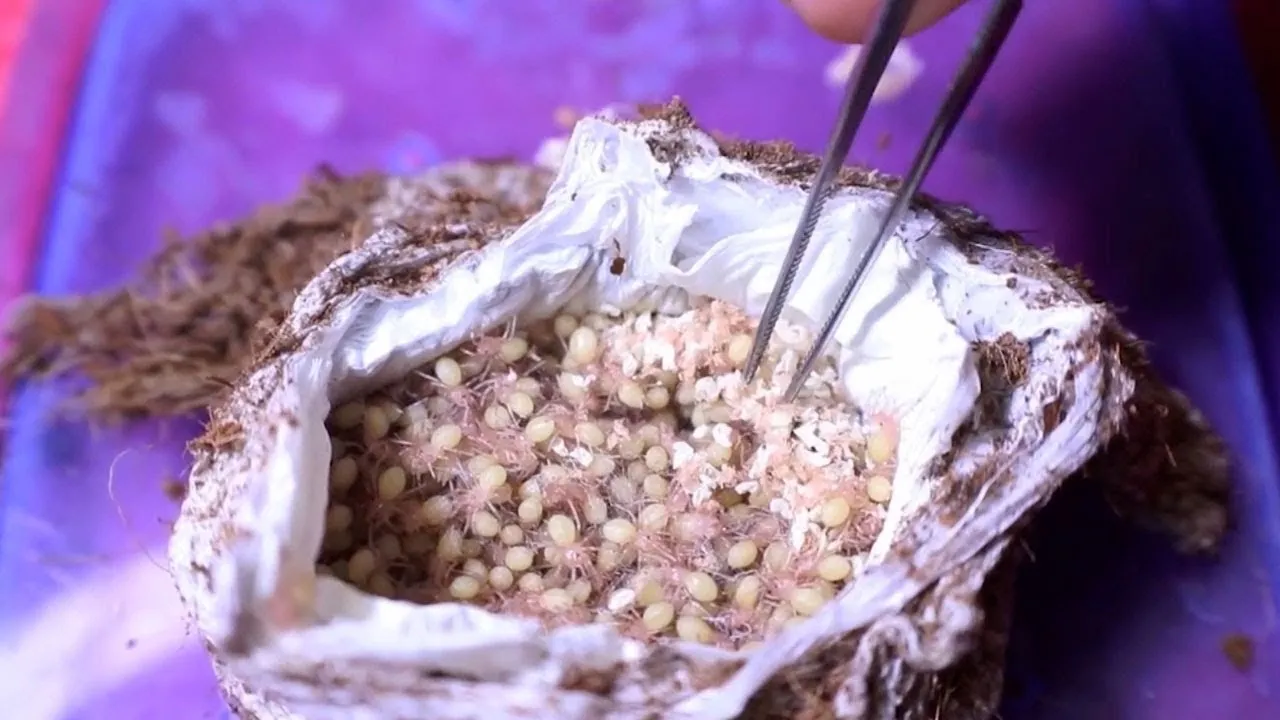
Once the spiderlings hatch, they will require specific care to thrive. The initial housing, feeding, and the prevention of cannibalism are essential factors to consider. This part will detail these requirements, ensuring that the spiderlings get the proper care to survive. Adequate care is fundamental to the survival of the baby tarantulas.
Initial Housing and Setup
Newly hatched spiderlings require a suitable habitat. Use small, well-ventilated containers. Provide a shallow water dish with clean water and substrate. Maintain the same temperature and humidity levels as the egg incubation period. Ensure the enclosure is escape-proof, as spiderlings are tiny and can escape easily. Offer a safe place for them to hide, such as a small piece of bark. Keep the enclosure clean. The appropriate housing conditions ensure the spiderlings’ survival.
Feeding Spiderlings
Feeding spiderlings can be a delicate process. Offer small, flightless fruit flies or pinhead crickets. Feed the spiderlings every other day. Remove any uneaten food to prevent mold or mite growth. Observe the spiderlings to ensure they are eating. Watch for any signs of molting. The correct feeding habits are crucial to helping the spiderlings grow into healthy adults. The provision of appropriate food at the right intervals will help the young tarantulas grow.
Preventing Cannibalism
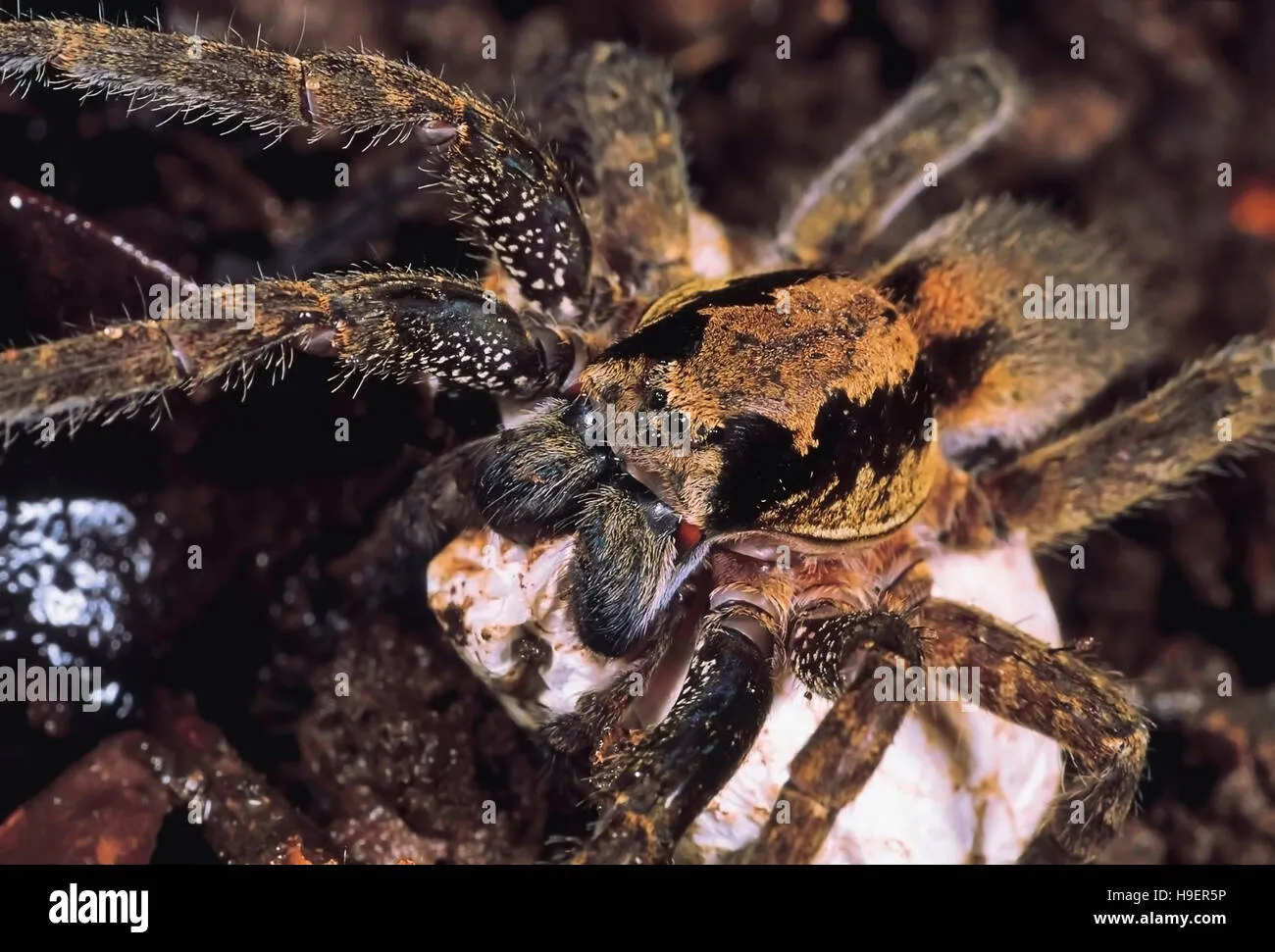
Cannibalism can be a significant issue with spiderlings. To minimize this, provide plenty of space and food. Separate the spiderlings into individual containers. Monitor the spiderlings to watch for any aggressive behavior. Cannibalism can wipe out an entire brood, so it is essential to take the necessary precautions. Preventing cannibalism is critical to ensuring that the spiderlings grow into healthy adults.
Common Problems and Solutions
Breeding zebra tarantulas can present several challenges. Recognizing and addressing potential problems early is essential for successful outcomes. Issues like mold growth, issues with the egg sac, and molting problems can arise. The following sections present common problems and their corresponding solutions.
Molding Issues
Mold growth can be a serious threat to zebra tarantula eggs. It can ruin the eggs and the spiderlings. Mold often arises because of too much moisture or insufficient ventilation. To prevent mold, ensure adequate airflow within the enclosure. Regulate humidity levels. Remove any visible mold immediately. Improving the environment and environment conditions are essential for controlling mold growth.
Fungal Growth Prevention
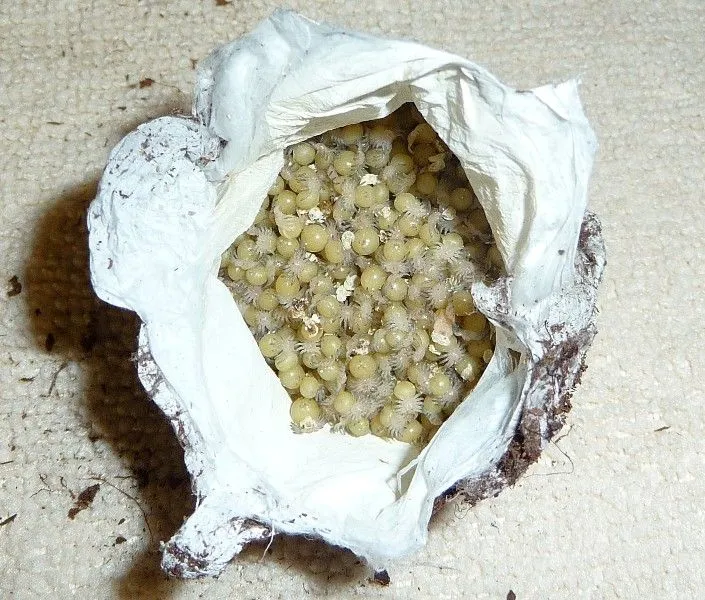
Fungal growth can negatively affect the eggs and spiderlings. To prevent fungal growth, maintain a clean and dry environment. Prevent overcrowding and ensure sufficient ventilation. Monitor for any signs of fungal growth and address them promptly. Removing uneaten food and maintaining a clean enclosure will prevent the issues from happening. Providing a good and healthy environment will help to protect the eggs and spiderlings.
Egg Sac Issues
Egg sac issues can stem from various factors, including poor health and external issues. Inspect the egg sac regularly for any unusual signs. If the egg sac appears to be abnormal, remove it and isolate it. This will prevent the spread of any potential problems. Careful observation and prompt action are crucial for dealing with egg sac issues. Recognizing issues early can assist in preserving the eggs.
Final Thoughts on Zebra Tarantula Eggs
Caring for zebra tarantula eggs can be a challenging yet rewarding experience. Understanding the basics, providing the right environment, and addressing potential problems are essential for success. Always prioritize the health and well-being of the tarantula. With proper care and attention to detail, you can increase the chances of a successful hatch and the healthy development of spiderlings. Enjoy the journey of raising these amazing creatures. The effort is worth it.
